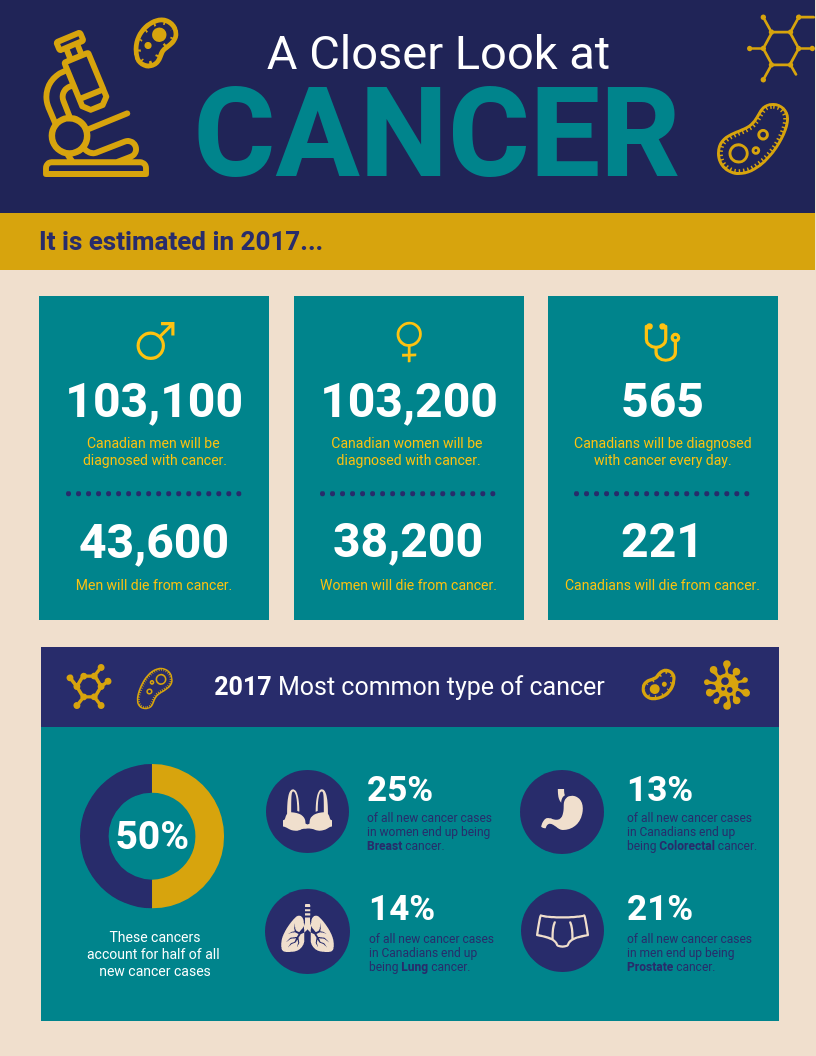What is an infographic for, exactly? It can be used to display information quickly and clearly for a wide audience. Using an infographic maker, infographic elements can be incorporated into your poster design, which will help attract and maintain the attention of your audience members. To help you in making one, here are some tips.
Know What You’re Trying To Convey
For example, do you want to demonstrate the type of data that was collected in order to generate certain conclusions? Are you trying to show how much information was included or excluded from your research? Whatever your topic may be, it is always best to know exactly what you want to get across with the use of a free infographic maker.
Understand What You Want To Accomplish
Know the purpose of your research and what you hope to accomplish with your presentation. This will help you focus on the main points that should be included in the body of text accompanying each infographic element. With some practice, you can use the best infographic maker in conveying your research to a wide variety of people.
Be Clear And Concise In Your Messaging
The text that accompanies your infographic elements should clearly convey any information that goes along with each visual element of your poster. Be sure to follow a logical format for the design in your poster maker, as well as include a title page and your acknowledgements. The main text within the body should be written in an easy-to-understand manner, with an appropriate balance of information and visual aids to convey the data you are presenting. It is a good habit for researchers to undergo peer review before publishing their work, so it is important to be sure you are on the right track, prior to your poster’s submission.
Know How To Use Graphics Correctly
One of the best ways to get your research points across clearly and quickly is by including appropriate charts, graphs, or diagrams that depict trends in data you have collected. Remember that sometimes less is more when it comes to infographics. If you are stuck on what type of visual to use, try sketching out a few different ideas before settling on the best one. It might be helpful to talk with other researchers who have presented their work at scientific conferences in order to get some insight about effective elements for research posters.
Design is an important part of your research poster, so take the time to get it right. It’s also a good idea to test out any visual elements you plan on including in your poster project prior to finalizing everything. Another useful tip is to keep your presentation short and snappy.
Be Creative!
While following the guidelines will ensure that you stay within the rules and avoid any potential consequences, it also leaves little room for creativity. It is important to be professional when presenting your research poster, but there is no reason you cannot have some fun with the design elements.
For example, try creating a storyline around in your online infographic maker. Are your findings meant to entertain or capture the attention of younger scientists? Consider using bright colors that are appropriate for children in order to attract their interest in reading further about your research topic. You can also incorporate a certain element or style in your poster design in order to make a more dramatic impression on viewers.
If you do not have access to graphic design software programs, there are plenty of infographic maker online tools. Check out sites like Venngage to get some examples of what other researchers have done when designing infographics.
They even offer free infographic templates that you can use to make your work easier. Be sure to check with your co-authors before using any design elements for your poster, though.
Save It In PDF
After designing the layout of your infographic, be sure to save it in .pdf form in order to upload it when you are ready to submit your research poster. You may even want to make it available for download, in case anyone wants an electronic copy of your poster design elements.
Check Your Poster Before Printing It
It is important that you are happy with the final design of your poster before submitting it for review. Before printing, make sure to proofread all text carefully to ensure there are no spelling or grammar mistakes. If you have any questions about how to make an infographic element more effective or useful in conveying your research, be sure to ask your research supervisor or a fellow student for some advice.
In Conclusion
These are just a few examples of how you can be creative when using your easy infographic maker, but remember that it is important to keep the design simple in order to keep viewers’ attention.


